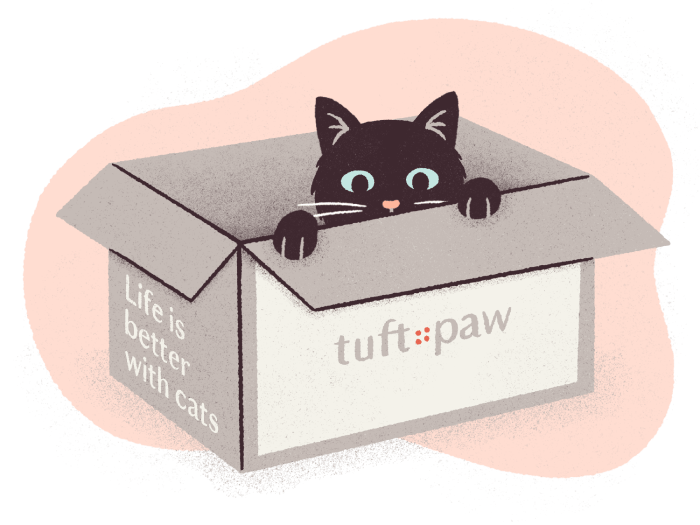For 150 years, a national network of advocates for animals across the US have been working to end unnecessary shelter killings. At the heart of the mission is a respect for animal lives, and a standard for humane practices in the shelters where they take refuge. No-kill organizations act in the best interests of lost animals and uphold their right to experience loving, permanent homes.
What is a No-Kill Shelter?
No-kill shelters are considered “closed” in that they only accept the number of animals they are capable of caring for. The rule of thumb in determining a shelter’s designation as a true no-kill is that they save 90% of their animals. Many are able to exceed that figure, saving upwards of 99%.
41% of all the cats who enter US shelters are killed- about 1.5 million per year. Just 5% of cats are returned to their owners, compared to 26% of dogs who make it back to their original homes. It’s clear that cats are at a disadvantage and need our help.
Animals in no-kill shelters are treated with the same degree of commitment as a loving pet owner would provide until they are rehabilitated and rehomed. Caregivers make the decision to euthanize on the same basis as you or I would make when faced with a suffering family pet. A no-kill shelter acts by the credo of only euthanizing animals who are considered to be dangerous to the public or terminally ill and in extreme pain. They also fight to address the root issue of animal homelessness.
History of the No-Kill Movement
In 1866 Henry Bergh founded the American Society for the Prevention of Cruelty to Animals. Unfortunately, shortly after his death, the ASPCA became the leading killer of cats and dogs in NYC. Excessive euthanasia was rampant across U.S. shelters, and was common practice for unwanted animals.

A grassroots movement led by independent caregivers began to take shape at the turn of the century. As most government-run societies at the time were killing lost animals without discretion, groups of rescuers began to set up shelters of their own. The fight to keep unwanted animals alive was still a revolutionary idea that went against the grain of societal norms, as well as the established animal welfare system.
A focused effort to prevent the overpopulation of strays by spaying and neutering didn’t begin until the 1930’s. Activists worked to promote this preventative measure, which complimented the rescue efforts of private shelters. These are still the two main components of the movement as we know it today.
What Makes an Animal “Adoptable”?
A degree of controversy still exists about the definition of the term “adoptable”. In the no-kill view, all animals are adoptable except in extreme cases of terminal illness or feral incompatibility with humans.
Some organizations have falsely claimed to be saving all the adoptable animals they could without following the basic rules of no-kill compassion, much to the detriment of the movement as a whole. When life or death decisions are involved, it’s paramount that clarity and transparency be the goal for the sake of animal welfare.

Healthy cats
Cats who are elderly, pregnant, have eyesight or hearing problems, or are missing limbs or eyes, are still considered healthy. These issues won’t bar an admission to a no-kill shelter.
Treatable Cats
Treatable cats have injuries or ailments which can be rehabilitated or managed medically. These can include feline distemper, upper respiratory infections, and ringworm.
How You Can Help
Spay or Neuter Your Cat
It’s a service to the homeless cat community in your neighborhood that you do so. A cat who is fertile can give birth to an average of eight to twelve kittens per year. The goal is to make it affordable and accessible to spay and neuter as many cats as possible.
Identify Your Cat
Get your cat a collar and/or microchip to keep them from becoming strays, or getting lost in the system of kill shelters.
Spay and Neuter Services
Volunteer
The work of volunteers is vital to keep the movement going and prevent cats from ending up in kill shelters, especially in the face of the overwhelming population of homeless cats.
Adopt, Don’t Shop
Spread the word that adopting a cat is the best way to enrich your life and help the no-kill movement to save more lives.
There is still a need for community outreach and education to ensure more shelters can meet their goals and end the unwarranted killing of animals in need. With tireless hope, no-kill caregivers and supporters are working to make sure every cat has the chance to live a full and healthy life.


